I am trying to generate power-law distributed numbers ranging from 0 to 1 from a uniform distribution. I found two approaches and I am not sure which one is right and which one is wrong.

2nd Source: Physical Review (Page 2):

Where: y = uniform variate, n = distribution power, x0 and x1 = range of the distribution, x = power-law distributed variate.
The second one only gives decent results for x0 = 0 and x1 = 1, when n is between 0 and 1.